The sun is out and the days are warming up! There is a sure feeling that spring is in the air and the taste of summer and dining Al Fresco is not far from our thoughts. St. Patrick’s Day is a key date in a gardener’s calendar to have certain jobs completed or to get out the door and dust off the winter cobwebs. This is a good day to start making real plans for the garden, to get stuck in and tackle the long list of jobs, that’s if you haven’t already started.
Today would be a really good day to give your lawn its first cut of the year if you haven’t already tackled that job. It is very important that you don’t cut it too short. For the first grass cut of the year, raise the blades high as all you want to do is tidy up the grass and reduce the size of those woolly clumps that have grown faster than the rest of the lawn. I know it’s hard to resist cutting it short but if you cut the lawn too short this early in the year it will weaken the grass, encouraging moss growth and gives weeds a better chance at establishing themselves, eventually overtaking your lovely green lawn making more work further down the season. After the lawn is cut, take a little time to give the lawn a proper finish by framing it. Using an edging shears and half-moon remove any lawn growing over patios or edging bricks. To give the lawn a fresh edge along flower beds use the half-moon tool to cut out a small amount of lawn and soil to the same depth of the half moon, defining the lawn from the flower beds. Depending on the condition of your lawn it may be time to think about aeration, scarifying or adding lawn sand if there is a strong presence of moss and creeping buttercup. If the grass is looking very brown and struggling to compete with weeds, then it is time to give it a good feed with a slow release fertiliser/moss and weed killer granular or liquid fertiliser. If this all sounds like far too much work call us for a free no obligation quotation and you can enjoy the fruits of our labour!
Today would be a really good day to give your lawn its first cut of the year if you haven’t already tackled that job. It is very important that you don’t cut it too short. For the first grass cut of the year, raise the blades high as all you want to do is tidy up the grass and reduce the size of those woolly clumps that have grown faster than the rest of the lawn. I know it’s hard to resist cutting it short but if you cut the lawn too short this early in the year it will weaken the grass, encouraging moss growth and gives weeds a better chance at establishing themselves, eventually overtaking your lovely green lawn making more work further down the season. After the lawn is cut, take a little time to give the lawn a proper finish by framing it. Using an edging shears and half-moon remove any lawn growing over patios or edging bricks. To give the lawn a fresh edge along flower beds use the half-moon tool to cut out a small amount of lawn and soil to the same depth of the half moon, defining the lawn from the flower beds. Depending on the condition of your lawn it may be time to think about aeration, scarifying or adding lawn sand if there is a strong presence of moss and creeping buttercup. If the grass is looking very brown and struggling to compete with weeds, then it is time to give it a good feed with a slow release fertiliser/moss and weed killer granular or liquid fertiliser. If this all sounds like far too much work call us for a free no obligation quotation and you can enjoy the fruits of our labour!
Here are some other important jobs to do in the garden this March
· Lift and divide clumps of overgrown perennials
· Remove all weeds as they are actively growing again, dig flower beds using a folk for deep rooted perennials like dandelions and docks
· Dig over soil to aerate the soil and give your flowerbeds a fresh new well-kept look and work in an organic fertiliser like Chicken pellet manure or Fish blood and bone fertiliser
· Power wash or clean patios, decking and pathways removing mosses, lichens and algae built up over the winter.
· Plant summer flowering bulbs
· Cut back spring flowering shrubs that have finished flowering
· Finish planting bare root trees and hedging
· Prepare seed pots and trays by disinfecting them, good hygiene is key to germination rates and prevent diseases and fungal infections. Use fresh new seed and potting compost and follow instructions for each plant you wish to sow. All plant seeds have different sowing requirements and to ensure optimum germination rates follow instructions! Sow tomatoes, summer salads and greens in containers on window still. Tomatoes can be slow to germinate but once they germinate they are very fast to get growing and well worth the effort
· Plant shallots, onion sets and early potatoes
Any questions, our help desk is open for answers at www.doylelandscapes.ie
Happy Gardening!
· Lift and divide clumps of overgrown perennials
· Remove all weeds as they are actively growing again, dig flower beds using a folk for deep rooted perennials like dandelions and docks
· Dig over soil to aerate the soil and give your flowerbeds a fresh new well-kept look and work in an organic fertiliser like Chicken pellet manure or Fish blood and bone fertiliser
· Power wash or clean patios, decking and pathways removing mosses, lichens and algae built up over the winter.
· Plant summer flowering bulbs
· Cut back spring flowering shrubs that have finished flowering
· Finish planting bare root trees and hedging
· Prepare seed pots and trays by disinfecting them, good hygiene is key to germination rates and prevent diseases and fungal infections. Use fresh new seed and potting compost and follow instructions for each plant you wish to sow. All plant seeds have different sowing requirements and to ensure optimum germination rates follow instructions! Sow tomatoes, summer salads and greens in containers on window still. Tomatoes can be slow to germinate but once they germinate they are very fast to get growing and well worth the effort
· Plant shallots, onion sets and early potatoes
Any questions, our help desk is open for answers at www.doylelandscapes.ie
Happy Gardening!

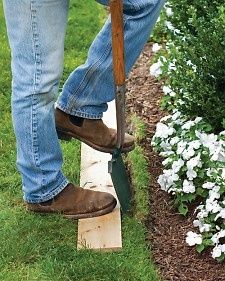


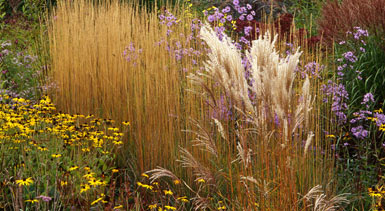
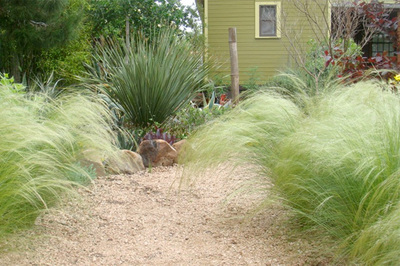
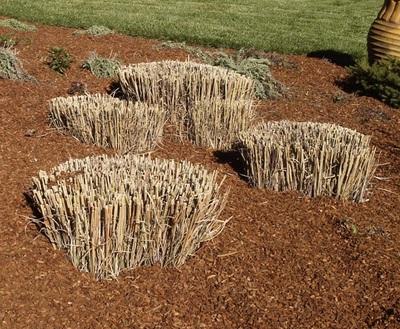
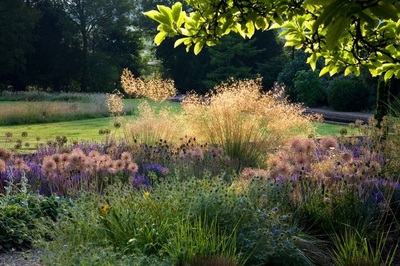
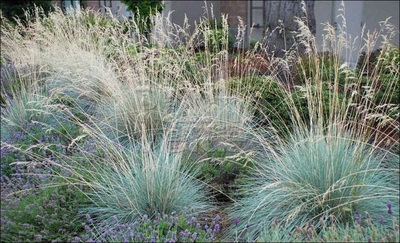
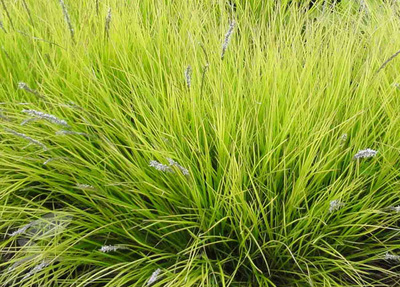
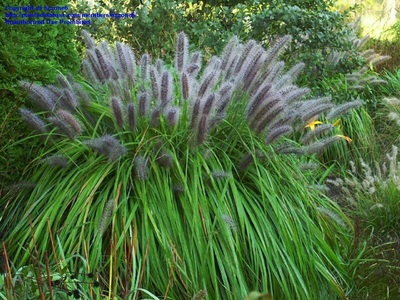
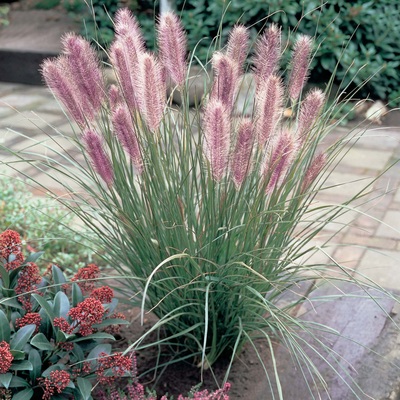

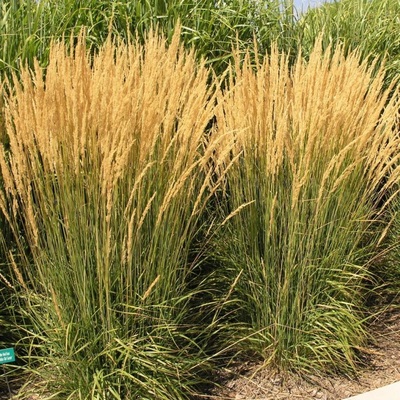
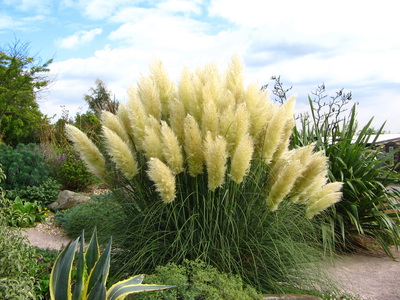
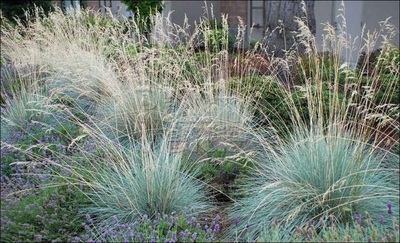



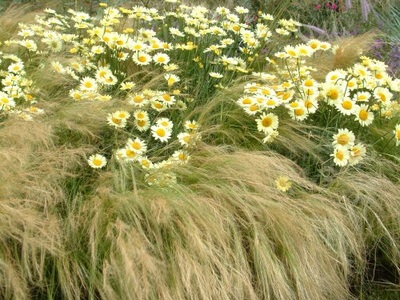
 RSS Feed
RSS Feed

